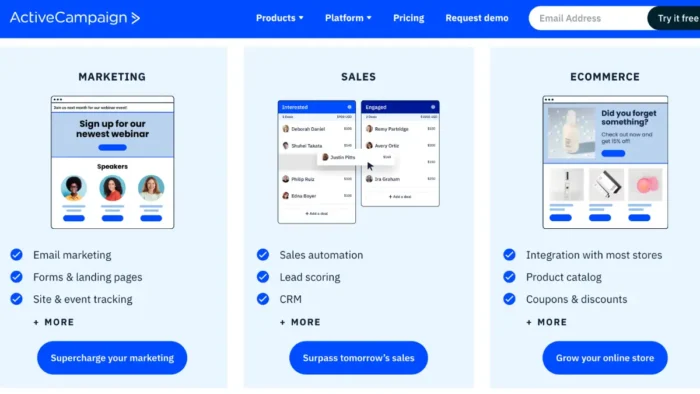In a field like digital marketing and SEO, the TLAs come out forcefully, thick and fast. Three letter acronyms, or indeed acronyms more generally, are the gatekeepers of so many industries. Also, there are many digital marketing acronyms you will need to know.
They speed up communication, but they also keep things opaque and unclear to the uninitiated. Combined with the extra speed that TLA-rich conversations can take on, it sometimes becomes difficult to the point of impossibility to get a proper grasp on just what is going on. Given how important online presence is to so many different business sectors these days, a certain amount of grounding in the language of digital marking acronyms is increasingly essential. To get you started, this glossary alphabetically outlines the very most common, and what they mean.
301 – A code that means there is a permanent redirect from one website’s link to another.
302 – A code. The same as 301, except the redirect is temporary.
404 – An error code that means a web link cannot be found.
CTA – Call To Action. The words in a piece of content tell the user to do something. Often these are furnished with a link to direct the user to the website where they can do the very thing the mention of the word.
CTR – Click Through Rate. The percentage of those who saw your advert who clicked on it. If an advert was seen 200 times and clicked on 40 times, you would have a 20% CTR.
CMS – Content Management System. The software allows you to control the various parts and contents of your website. Examples include WordPress.
CRM – Customer Relationship Manager. A set of software that can coordinate a wide range of ways in which you connect to your customers or clients.
CPC – Cost Per Click. How much you are paying for each click on a given advert or link.
HTML – HyperText Markup Language. A programming language that is used to create a wide variety of websites. Many different services online can explain the essentials of this language.
LMS – Latent Semantic Indexing. A system that indexes and retrieves certain words and connects them to other words that are related and connected. For instance, the connection between the words bacon, ham, and pork.
PPA – Pay Per Action. A type of advertising where the cost is only incurred based on a completed action, such as a completed sale or subscription to an email list
PPC – Pay Per Click. Similar to PPA, you pay only for each and every click. PPC adverts are often placed at the top of search engine pages results.
PHP – Personal Home Page, although this is misleading. PHP is actually a programming language used on many different websites, which now is known in full length as Hypertext Preprocessor.
ROI – Return on Investment. The amount of profit you made minus your initial investment. Paying £400 for a new set of adverts which results in £1000 worth of sales would represent a 150% ROI
RSS – Really Simple Syndication. A system to organize the sending of data and notifications out on time and in order. RSS feed readers give people lists of blogs or podcasts or any number of other regular content updates.
SEM – Search Engine Marketing. Use search engine systems as a platform to advertise your products. Examples of SEM include PPC adverts.
SEO – Search Engine Optimisation. The process of designing your website and arranging links and other online operations to make your entire website as easy to find by search engines as possible. To find out more about how best to do this, visit this website here.
URL – Uniform Resource Locator. The more technical term for a web address.
XML – Extensible Markup Language. Another programming language that can be used to build websites.
The language of SEO experts, like so many other expert languages, is littered with TLAs. With a little concentration though, this can be seen through, grasped, and ultimately put to good use in the cause of your small business.





